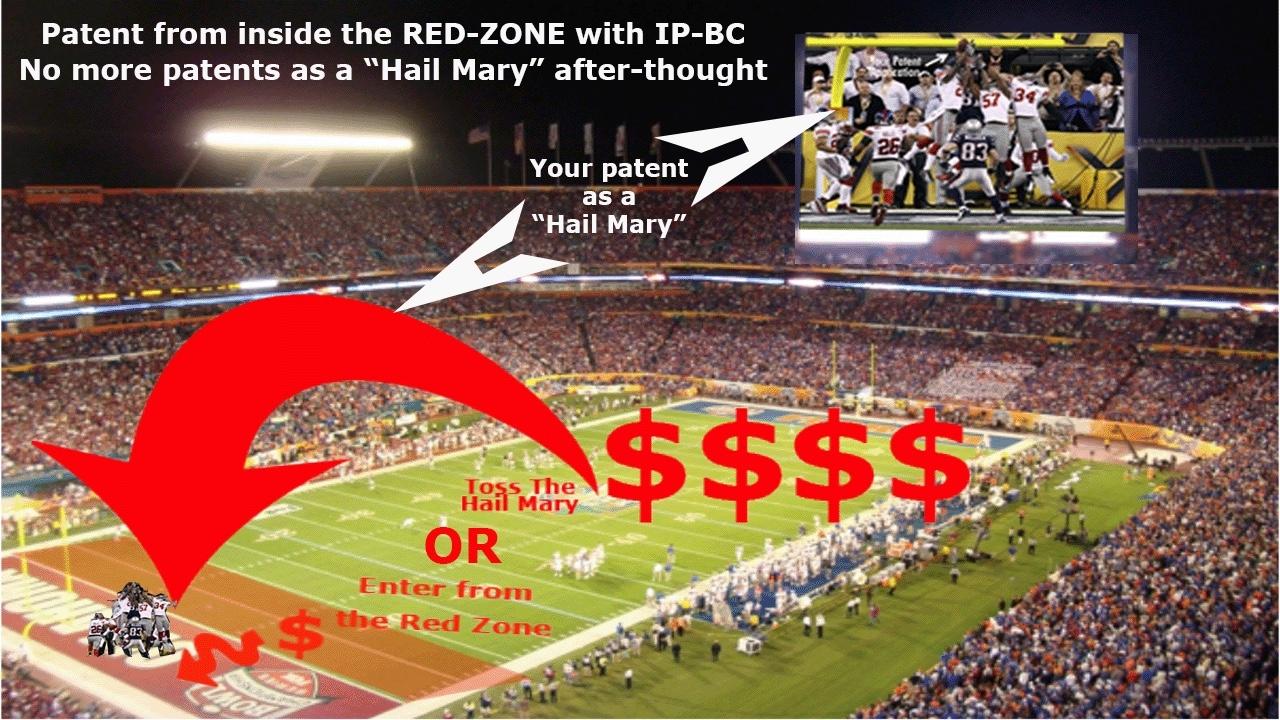The primary reason patents get filed without being de-risked for FOARs

We've covered the race track metaphor as a way to explain the nature of FOARs which can occur with even bonafide patent applications filed with the greatest of intent. But how can this happen with a team of dedicated IP professionals? And why do we use the "Hail Mary" metaphor to describe what this type of IP workflow looks like?
A patent application that is drafted and filed under time pressure, due to internal deadlines or 1 year rule restrictions has the greatest risk of carrying potentially Fatal Office Action Rejections (FOARs) in it's DNA. There are many reasons why this pressured delivery is part of the process and none of them are good reasons or excuses for allowing this to happen. If patent drafting is not part of the product development roadmap, then you and your team is susceptible to this ill fated situation. It is important to understand the symptoms of this in your IP workflow and to Use TSM and BBT to rework your IP sequence of events so that the patent application is drafted on the true preferred-embodiment and de-risked from FOARS before filing.
When the first inventors/innovators have not been engaged in the clutch prioritization of the final true invention, patent counsel is asked to "finish the invention", and then are pressed to draft a patent with what they had as the "last" version of the inventive product, you have a recipe for disaster. Especially when the "deadline" for filing is on the monthly calendar, and the realization that the final and desired preferred-embodiment was not in hand.
R&D/Engineering has been working on one more iteration on the best mode and object of art, but that embodiment did not get to counsel until "now", two weeks before your target filing date. Under conditions like or similar to this (it might not be quite this out of synch but close), you are going to be at the highest risk for FOARs after filing.
When you press counsel to file under these conditions, it's going to look like a "Hail Mary" toss in football. Enough said. When you embrace BBT and apply TSM to each step in the iteration on your best mode, your utility compliant patent application disclosure will pop out of the product roadmap, and converting it to a non-provisional application will be readily achieved.

